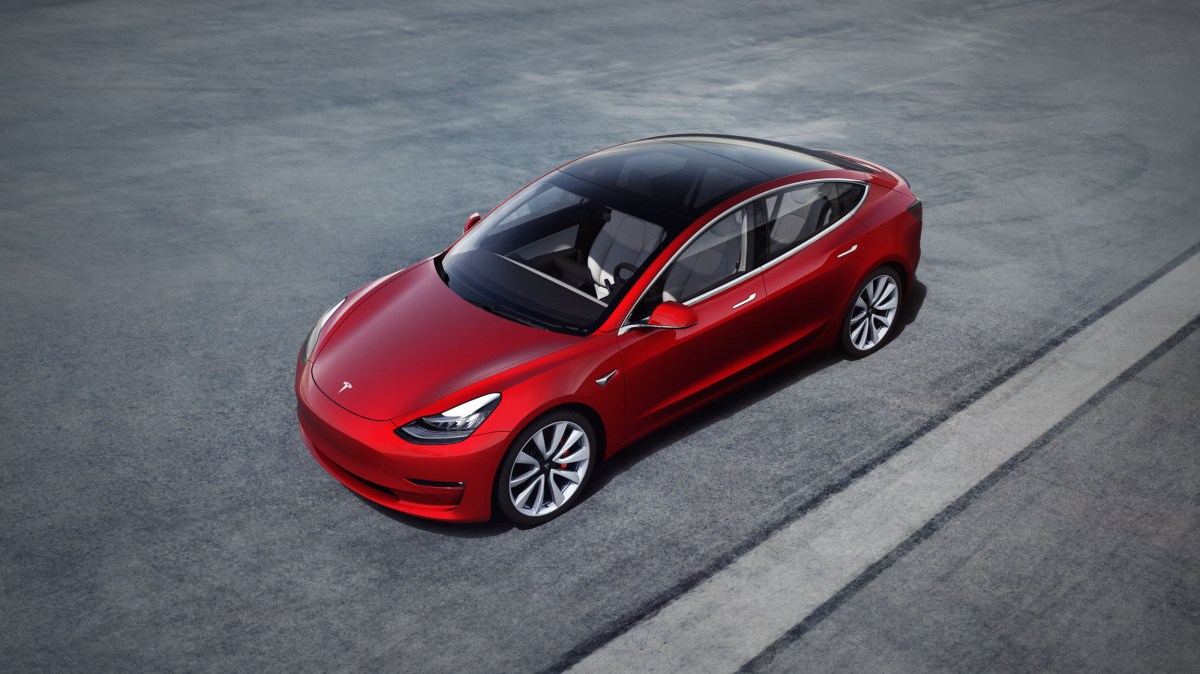Knightshade
Well-Known Member
First, it's really line 18 you want to look at.
The EV credit is not refundable- some others potentially are- non refundable credits get used first.
But assuming the EV one is the ONLY credit you have in the 18-24 section this isn't relevant.
Anyway, you need to understand 3 different concepts:
1) Tax liability- This is the amount of tax, based on your income and deductions and credits, that you owe the government. This ultimately is line 24 (but as I mention there's the refundable/non-refundable bit I'll get back to)
2) Tax withholding- This is the amount of money your employer (or you if self employed) holds back and sends early to the IRS. This is essentially a pre-payment of your tax liability. This has NOTHING AT ALL to do with how much of the EV tax credit you will benefit from. Changing your withholding does not impact how much of the credit you "get" to use.
3) Refund- If item 2 is larger than item 1, you get a refund for the difference. (and if item 1 is larger than item 2, you OWE the IRS the difference).
The EV tax credit reduces the amount of item 1, dollar for dollar, to a max of $7500. If you get item 1 to 0, you lose the rest of the benefit because it's not a refundable credit.
The refundable bit comes in because some credits are refundable (even if item 1 is 0, you still get the refundable part added to your refund-- part of the child tax credit works like this).... and some are not refundable (if item 1 is 0, you get no additional benefit from these credits-- the EV credit is like that)
When doing your taxes you apply your non-refundable credits first.
So if line 18 on your 1040 is already only 5k, you only get 5k of benefit from the EV credit (but might still get benefit after that from any refundable credits you are entitled to)
The EV credit is not refundable- some others potentially are- non refundable credits get used first.
But assuming the EV one is the ONLY credit you have in the 18-24 section this isn't relevant.
Anyway, you need to understand 3 different concepts:
1) Tax liability- This is the amount of tax, based on your income and deductions and credits, that you owe the government. This ultimately is line 24 (but as I mention there's the refundable/non-refundable bit I'll get back to)
2) Tax withholding- This is the amount of money your employer (or you if self employed) holds back and sends early to the IRS. This is essentially a pre-payment of your tax liability. This has NOTHING AT ALL to do with how much of the EV tax credit you will benefit from. Changing your withholding does not impact how much of the credit you "get" to use.
3) Refund- If item 2 is larger than item 1, you get a refund for the difference. (and if item 1 is larger than item 2, you OWE the IRS the difference).
The EV tax credit reduces the amount of item 1, dollar for dollar, to a max of $7500. If you get item 1 to 0, you lose the rest of the benefit because it's not a refundable credit.
The refundable bit comes in because some credits are refundable (even if item 1 is 0, you still get the refundable part added to your refund-- part of the child tax credit works like this).... and some are not refundable (if item 1 is 0, you get no additional benefit from these credits-- the EV credit is like that)
When doing your taxes you apply your non-refundable credits first.
So if line 18 on your 1040 is already only 5k, you only get 5k of benefit from the EV credit (but might still get benefit after that from any refundable credits you are entitled to)



